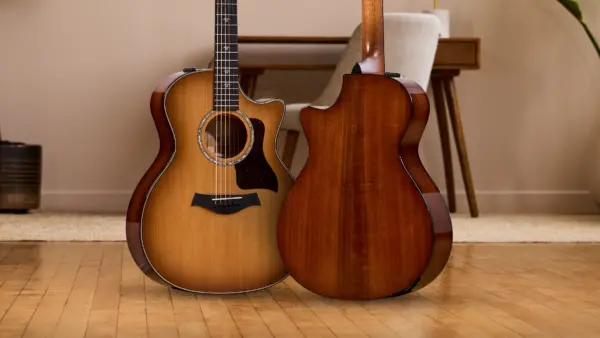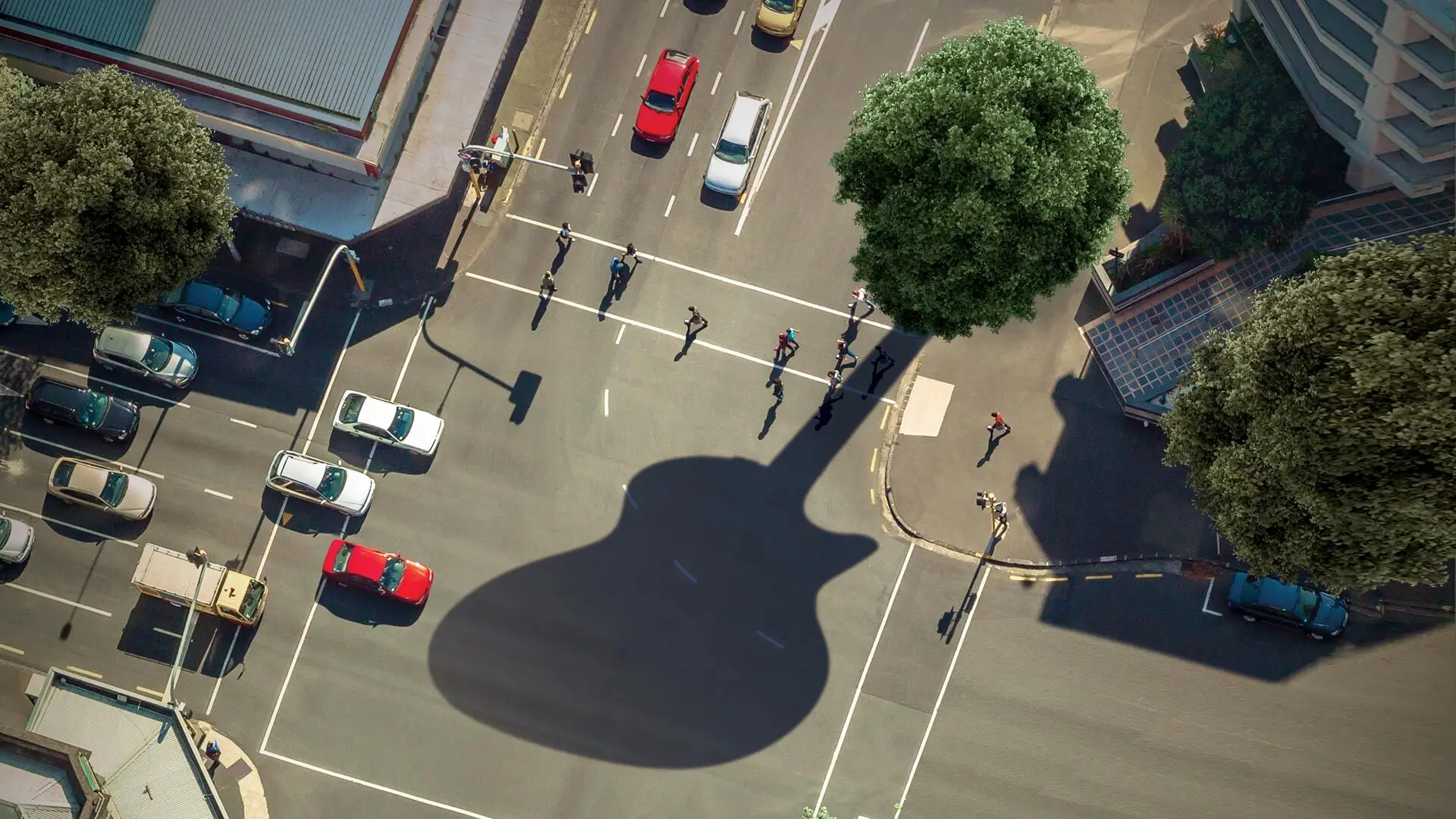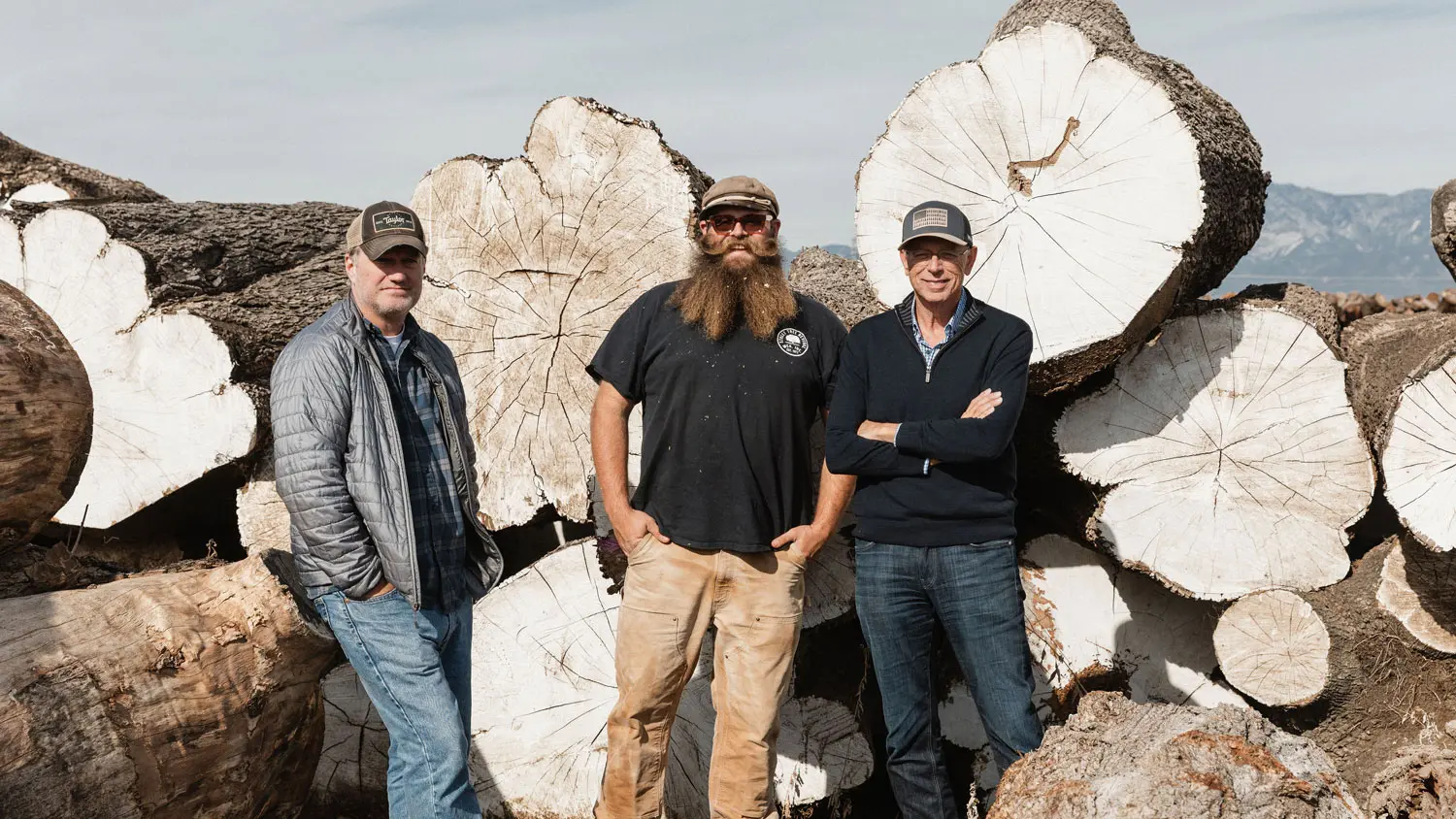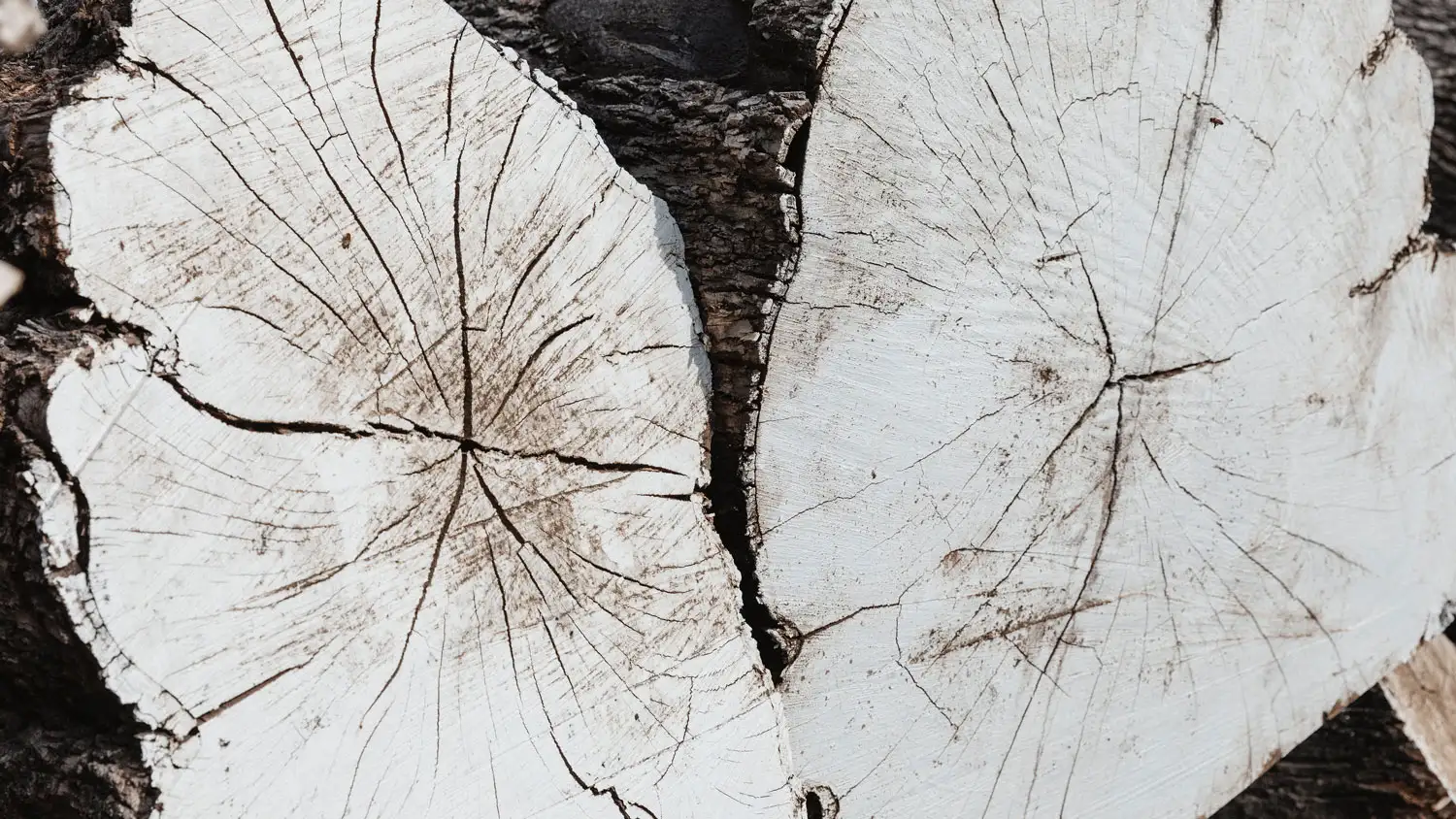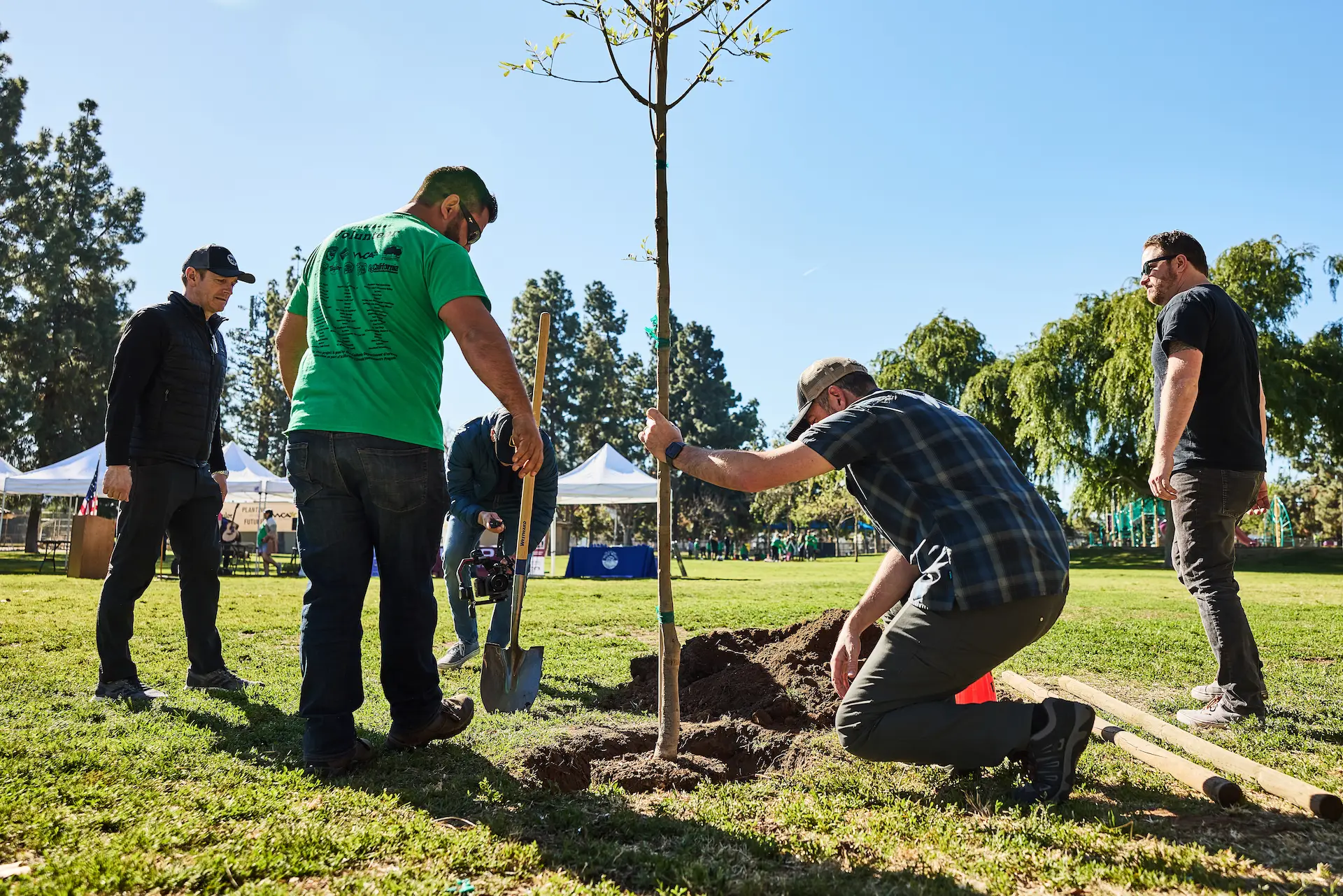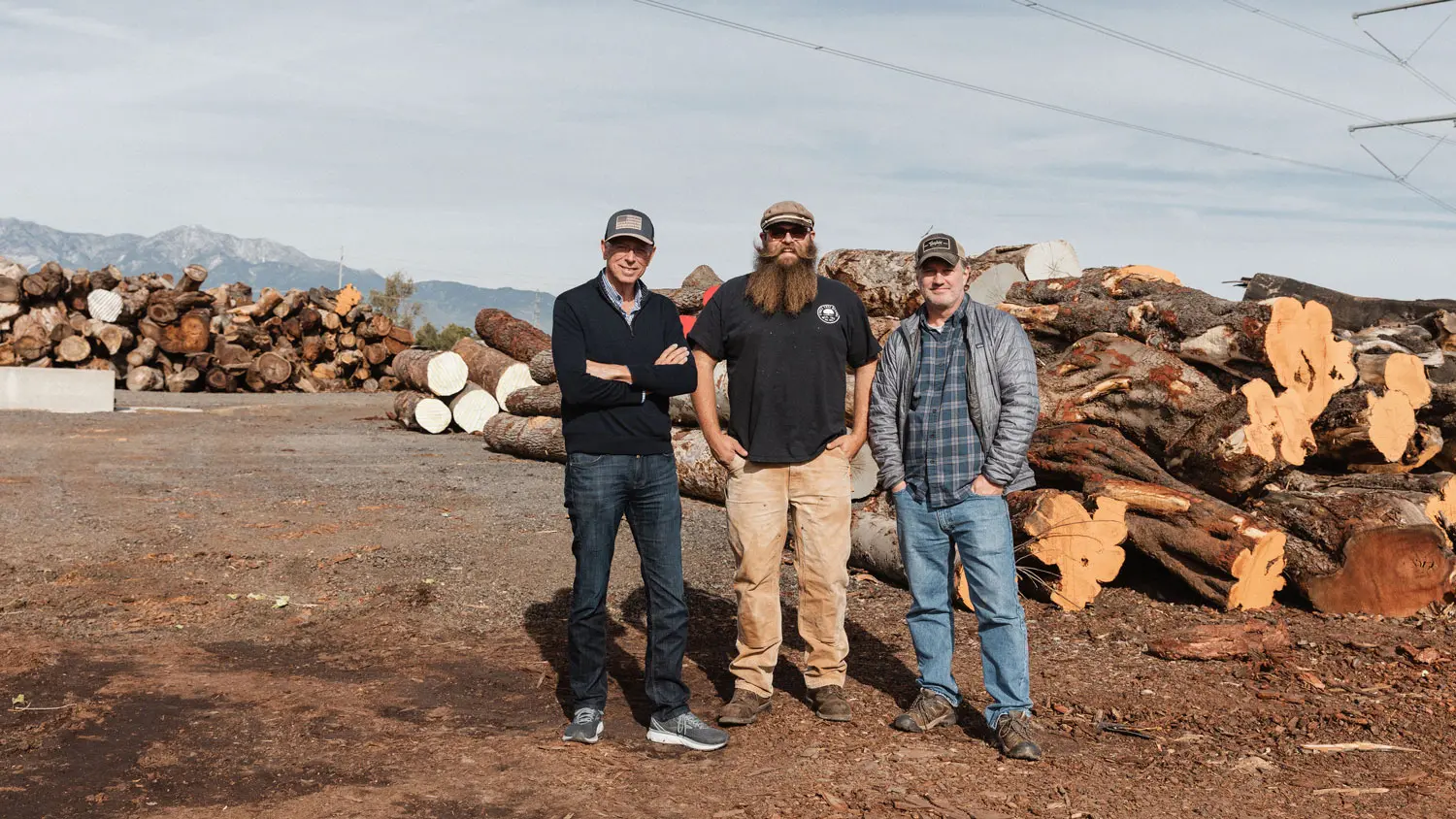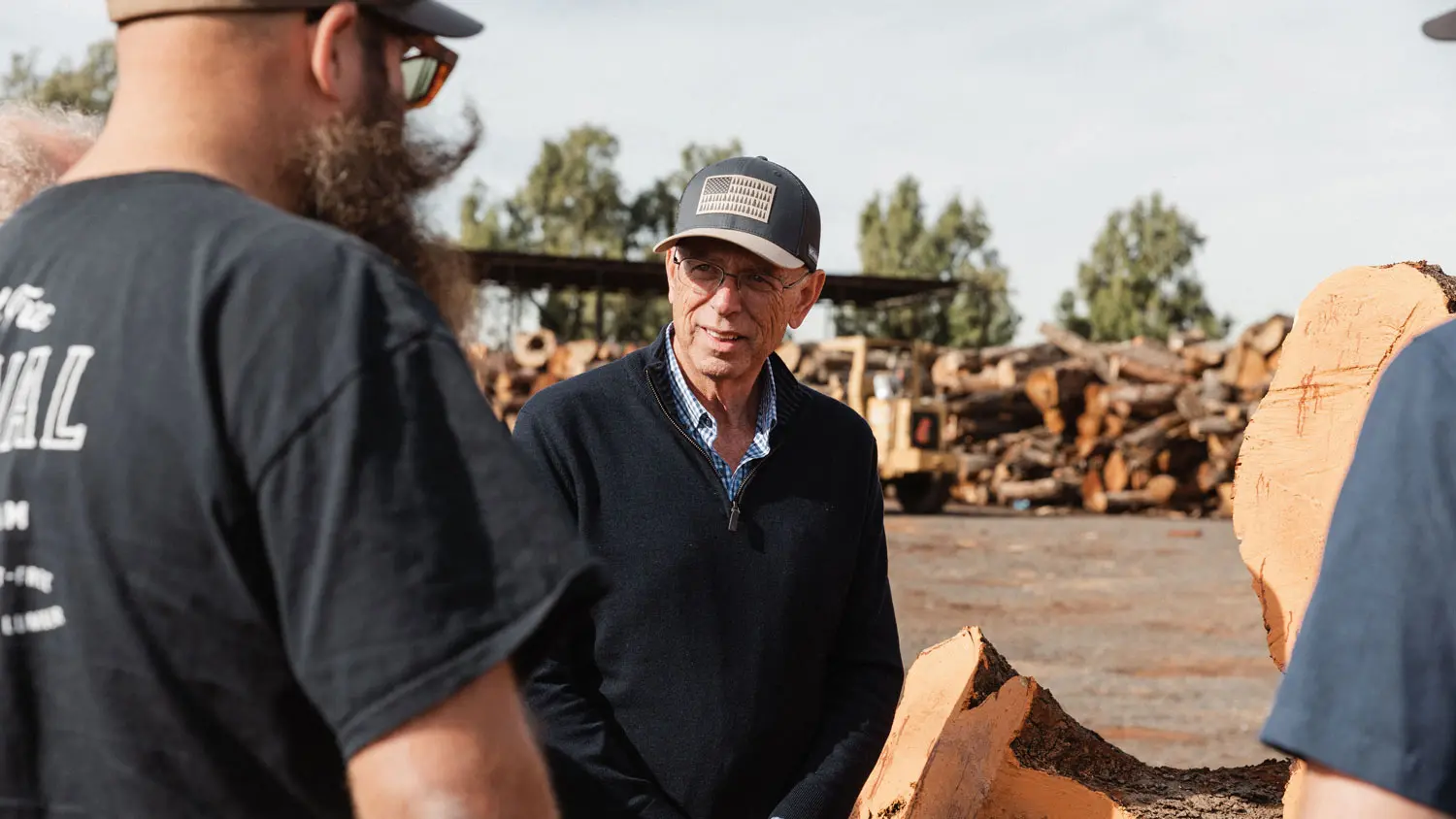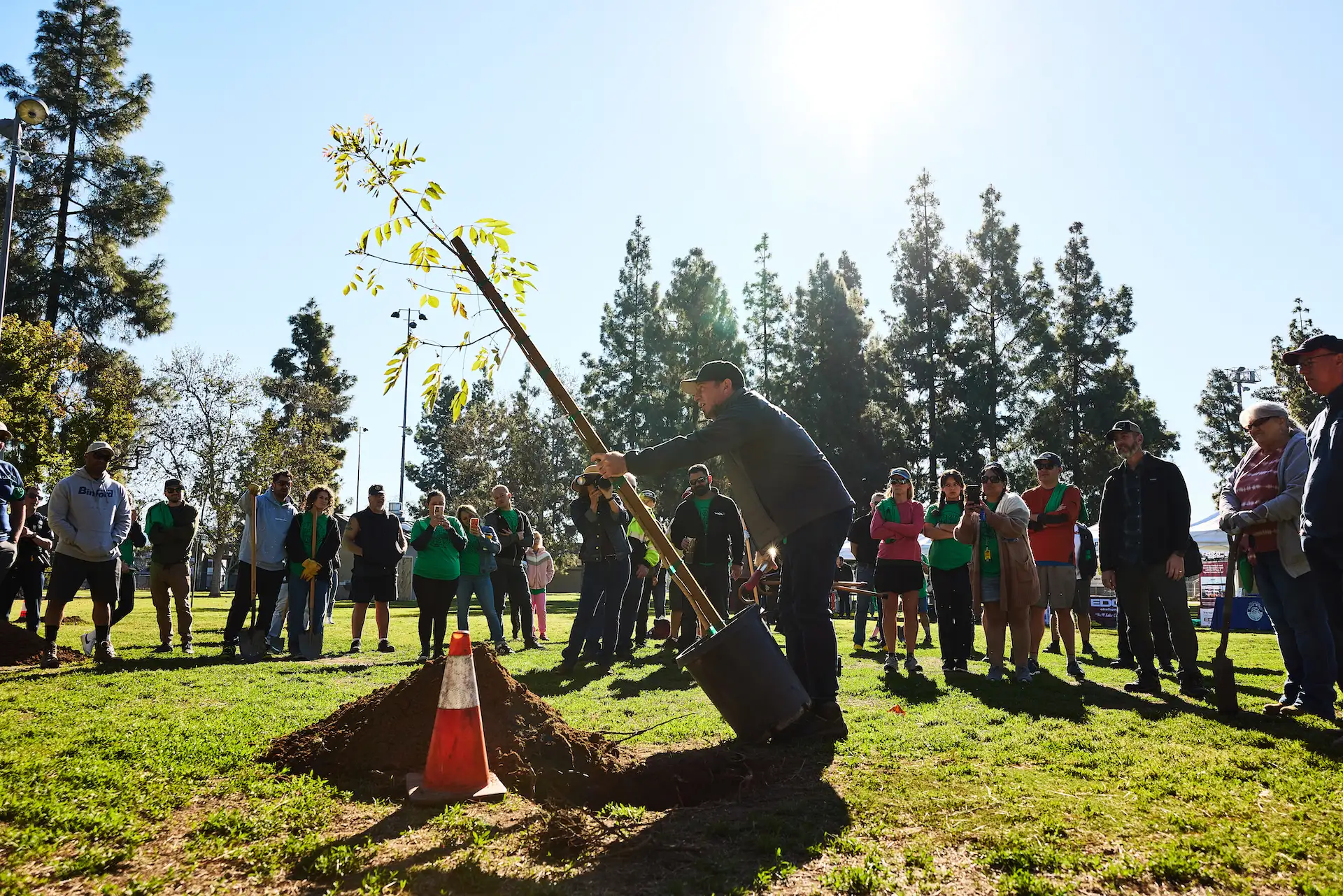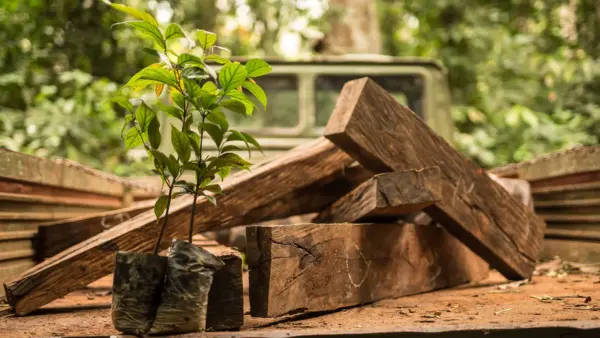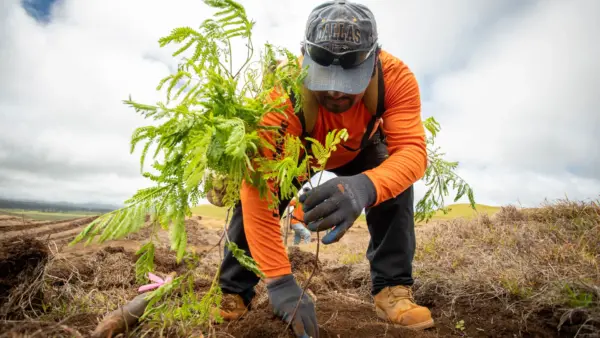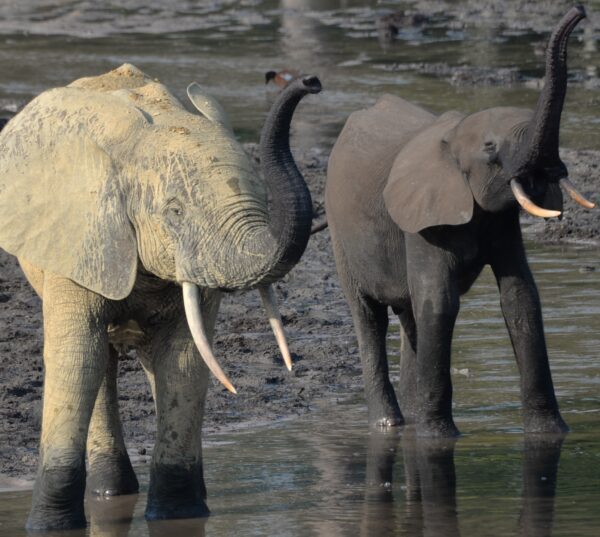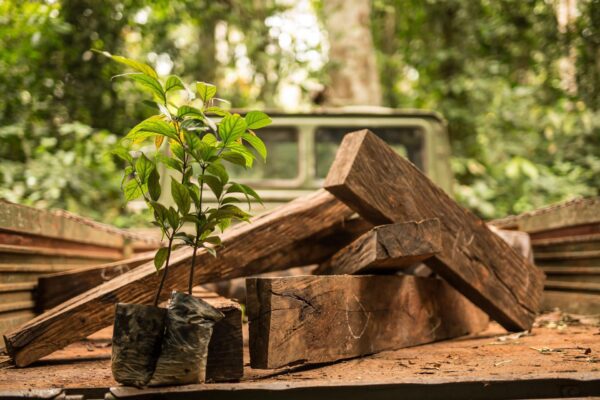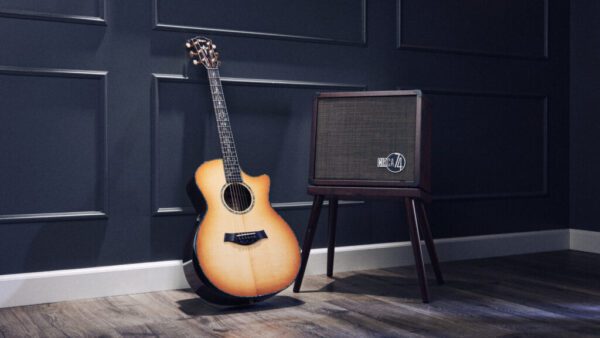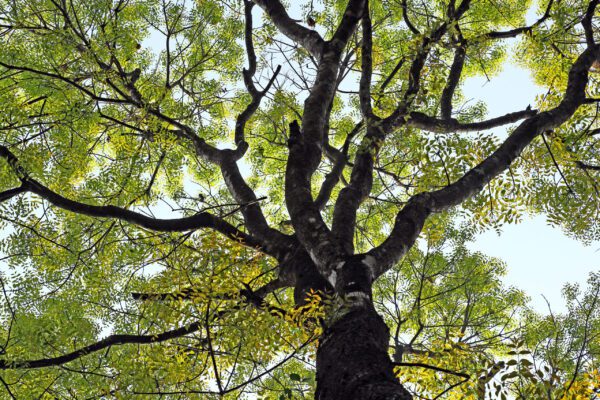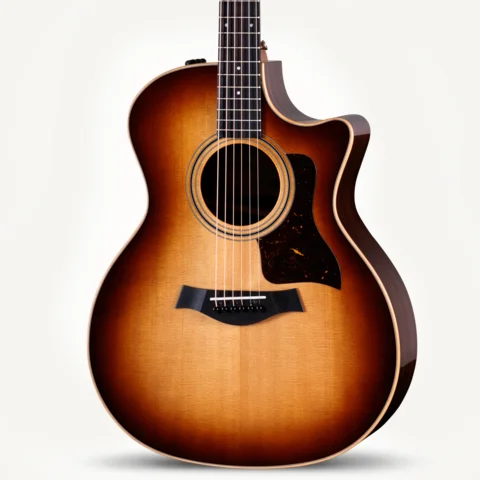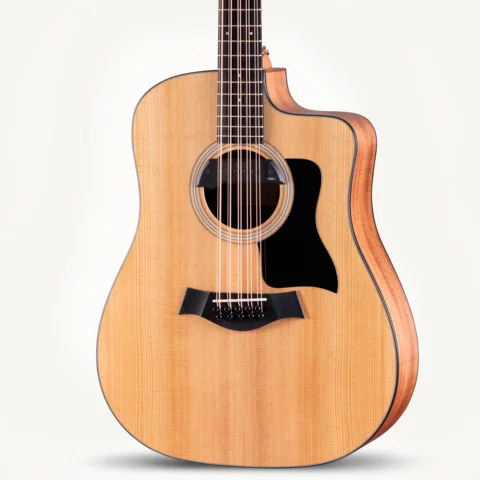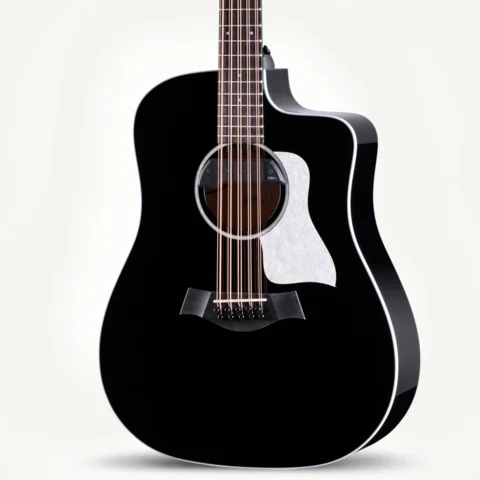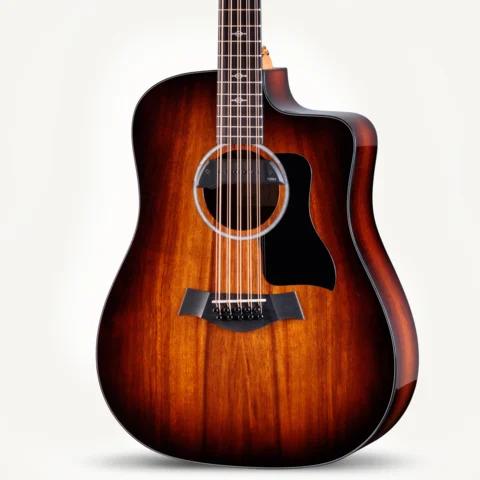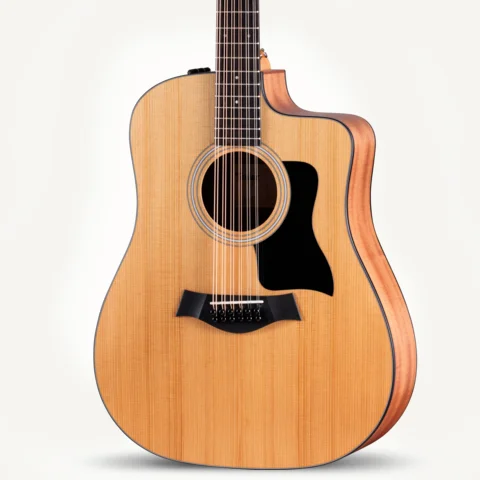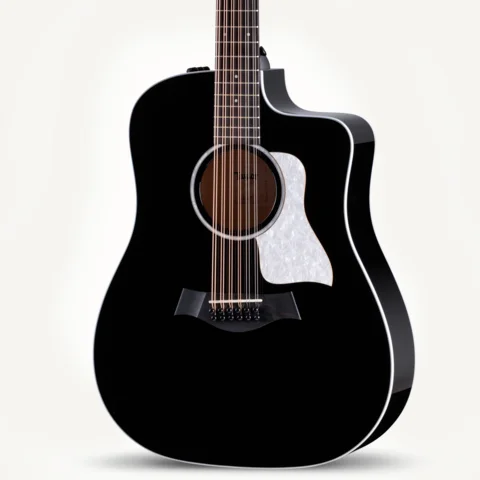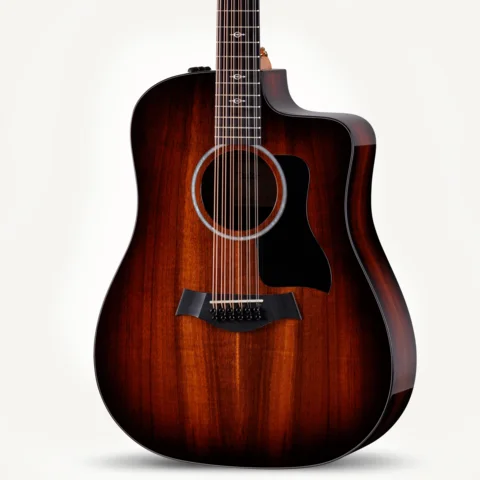Sourcing from the Urban Forest
Bob Taylor talks about partnering with a prominent California arborist to launch an innovative urban wood sourcing initiative that aims to turn end-of-life city trees into beautiful guitars.
Urban Wood: Giving City Trees a Second Life
Traditionally, guitar tonewoods have been sourced from all over the world, from natural forests in North, Central and South America, West Africa, India, Europe and Australia, for example. While we hope to continue sourcing from such places for many decades to come, Taylor has also been exploring the prospect of sourcing wood from our regional own backyard here in Southern California. We’re pioneering the use of high-quality, end-of-life city trees. Some species are well-known to luthiers, while others we are being introduced to the music community for the first time. All are excellent tonewoods. Think of this sourcing approach as a farm-to-table model for guitar making that hopefully will set an example that may take some pressure off of forests elsewhere.
What Is Urban Wood?
Think of all the trees that are planted and maintained in municipal areas — alongside roads and highways, around schools and shopping centers, in parks and other public spaces. Each municipality typically contracts with an arborist to handle the selection, planting and maintenance of such trees, and their removal and replacement at the end of their life cycle. But what happens to those trees after removal?
Historically, they’ve become part of the urban waste stream, usually ending up in a landfill or converted into low-value products like wood chips or firewood. But with rising disposal costs, municipal governments have been searching for better solutions to offset the expense. Some have begun to implement programs that turn the wood into higher-value products like lumber, while others have explored options like turning the wood into biofuel. The hope is that continuing innovation can drive more solutions that transform these formerly undervalued trees into higher-value products. Developing more of a market infrastructure for urban wood has the potential to create a circular economy, create jobs and support replanting programs to stimulate the much-needed re-greening of communities, especially in the face of climate change.
The Perfect Partner: West Coast Arborists
After considerable exploration, it turned out that the perfect partner was our local arborist, West Coast Arborists, Inc. (WCA). The company provides professional tree maintenance and management services for nearly 300 public agencies, including cities and counties across California and Arizona, caring for over six million trees. They had the right combination of tree volume and quality to provide the predictability Taylor needed to make it work. Each year, WCA plants about 20,000 new trees. Up until about the year 2000, most of the trees they removed when requested to do so by a city were sold for firewood or landfilled, but in an effort to offset disposal costs, WCA began separating wood by species at their sort yard and sealing the ends of large logs to prevent cracking. They also bought a Wood-Mizer portable sawmill and launched their own urban wood recycling initiative dubbed Street Tree Revival. As luck would have it, around this time, Taylor and WCA began talking.
High-Tech Tree Tracking
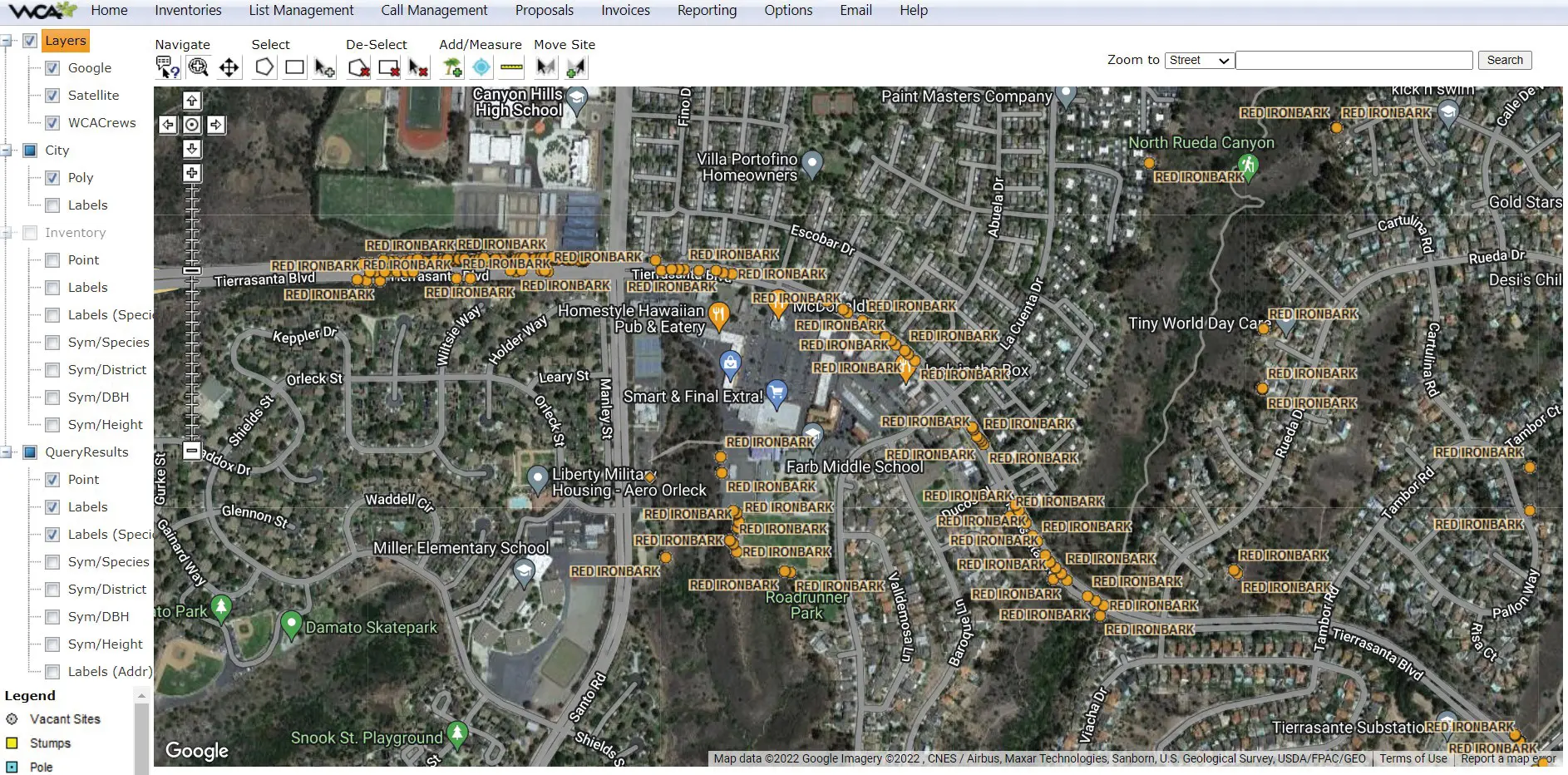
WCA also developed a sophisticated tree inventory database, which shows the species of every tree in every city where they work, along with the tree’s size, health and any associated maintenance records. This information allows them to forecast what they will be managing for years to come and helps cities with their tree maintenance strategies. It could also provide wood buyers like Taylor with a degree of predictability.
Urban Ash and More
Bob Taylor and Taylor master builder Andy Powers visited one of WCA’s sort yards, located in Ontario, California, where they surveyed their tree inventory and identified several promising species, including Shamel (evergreen) ash. After cutting and drying some of the wood for guitar sets, Andy built prototype guitars with great results, so we decided to design a model and introduce it to the Taylor line.
In early 2020, we unveiled our first Taylor model featuring urban wood — our Builder’s Edition 324ce, with Shamel ash back and sides, which we renamed Urban Ash to draw attention to this new initiative. We’ve since built other guitar models with Urban Ash, and in 2022 introduced a dedicated guitar series within the Taylor line featuring another urban wood species, red ironbark (Eucalyptus sideroxylon), which we’re calling Urban Ironbark.
Urban Guitars In the Lineup
In 2022, we retooled Taylor’s established 500 Series to feature Urban Ironbark. Read more about the new guitars in Wood&Steel.
Read More